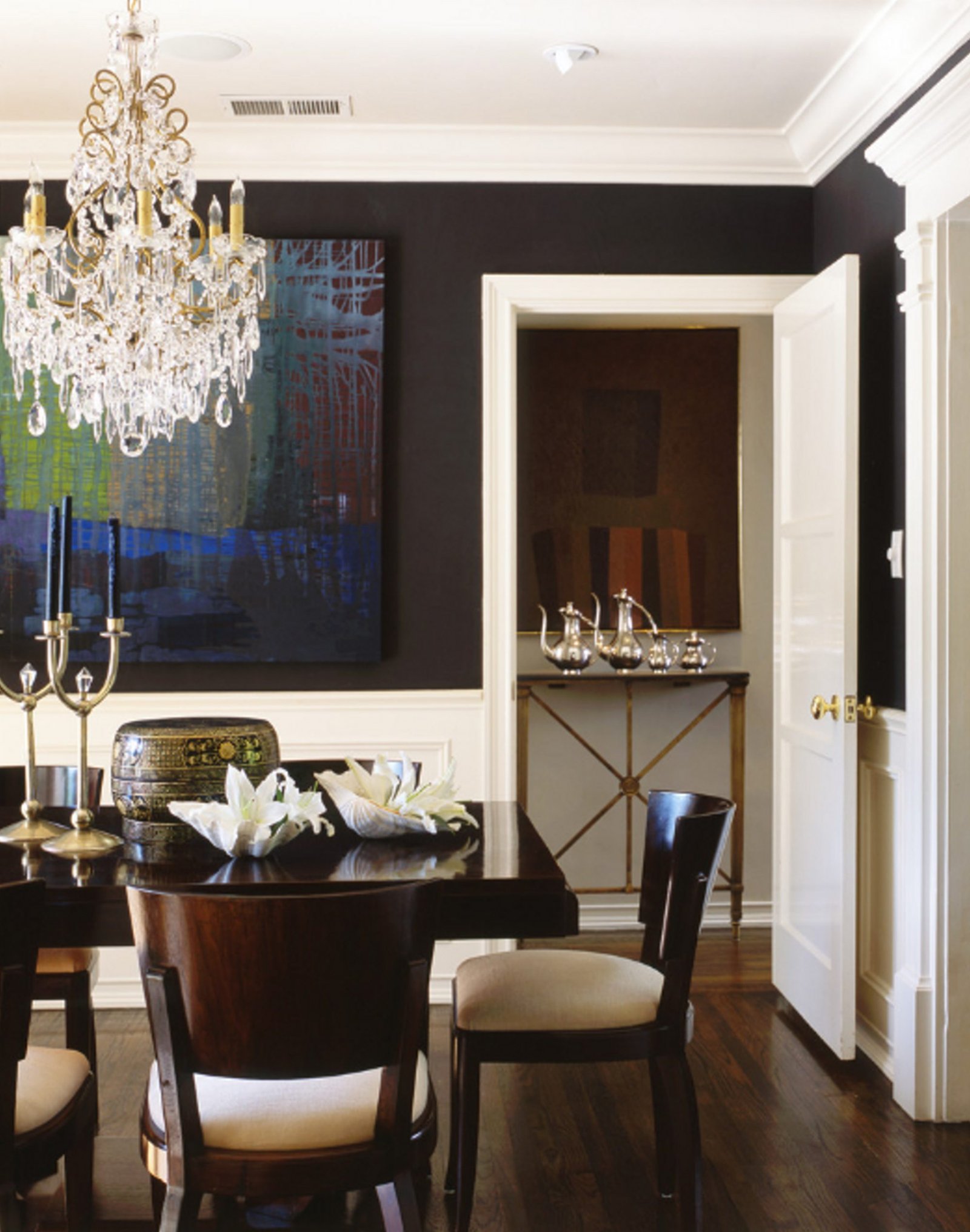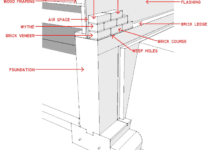It is known that a Japanese home excels in simplicity, cleanliness, sophistication and art. Ikebana is one of the arts which have a word to say in house decorating. Ikebana, also known as “Kado” is the Japanese art of arranging flowers. Ikebana is bringing the world of plants to the size of a room or even, of a vase. The elements of a floral arrangement are put in vase with the intention of their transposition into a new life, trying to recreate, on a small scale, their natural universe.

Photo by Robert Brown Interior Design – Search entryway pictures
However, unlike the “anarchy” of the natural world, in the Japanese floral arrangement there are followed some rules, namely the imperfect form, the irregularity, the simple appearance, but also delicate and fragile, with the emphasis on the linear aspect of the floral arrangement.
There are used stems, leafless branches, leaves with a particularly shape, but not in the excess, because this arrangement has to be simple, not too loaded.
The Japanese flower arrangement is based on asymmetry being considered, more interesting a bent, twisted, hollow tree or shrub than one that has grown normally.
The main idea is that this floral arrangement should not copy the real life, only to correct it. In fact, the Japanese believe that through this floral arrangement binds a relationship between man and nature which is shown by three lines, symbolizing heaven, man and earth.
- The most important line is represented by the highest branch, which means the sky (or Heaven).
- The second line symbolizes the man, being the middle branch, placed obliquely in the vessel; its length should cover three quarters of the first branch.
- The third and the last line is the shorter one and it is located in the front of the arrangement and represents the earth.
These three lines appear and actually have to start from the same point. Another great concept found in the Ikebana, is that floral arrangements varies depending on the season, as the periods of human life.
Therefore:
- The past is given by flowering plants and dried leaves.
- The present is given by mature flowers and green leaves.
- The future is given by flowers buds and plant shoots.
Seen also from the perspective of seasons, floral arrangement is rich in the spring and summer, but in the winter it will be poor and dull.
Flowers
Ikebana style has begun in the 18th century as a ritual of decorating the Buddhist temple, which was characterized by arrangements which included flowers and branches, with their tips directed towards the sky as a symbol of faith.
Therefore, Ikebana use different types of flowers:
- irises, roses, tulips, chrysanthemums, sunflowers, lilies, gladioli, daisies, straw flowers;
- fern leaves, branches of hazel, oak, lilac, willow, flowering branches of fruit trees (cherry, apple and others);
- plants and exotic flowers – orchids, gerbera, anthurium, ficus, croton, bromeliads flower and palm leaves.
Each element used in Ikebana, be it of twigs, branches or flowers symbolize something, eg pine branches symbolize rocks and stones and white chrysanthemums symbolize water
Pots and Vases
The vases are chosen depending on the size of the floral arrangement and they can be: tall and thin, short, with a wide or narrow mouth or wide and low. Regarding the materials from which they are made, they can be from ceramic, glass, metal, wood or stone, and available in a wide range of colours.
Initially, the vessels were traditionally made from rice straw, tied in bundles. There was, however, the risk that strains to detach and therefore they were fixed on supports. The most famous holder was “kenzan” which was made of metal and looked like a brush.
In general, the vase is an important part of this beautiful flower arrangement that is Ikebana, and therefore it should be chosen carefully.
Ikebana can improve the look of your home regardless of the decorating style.
Beautiful & Classic Flower Arrangements – Best Ideas (howtobuildahouseblog.com)


